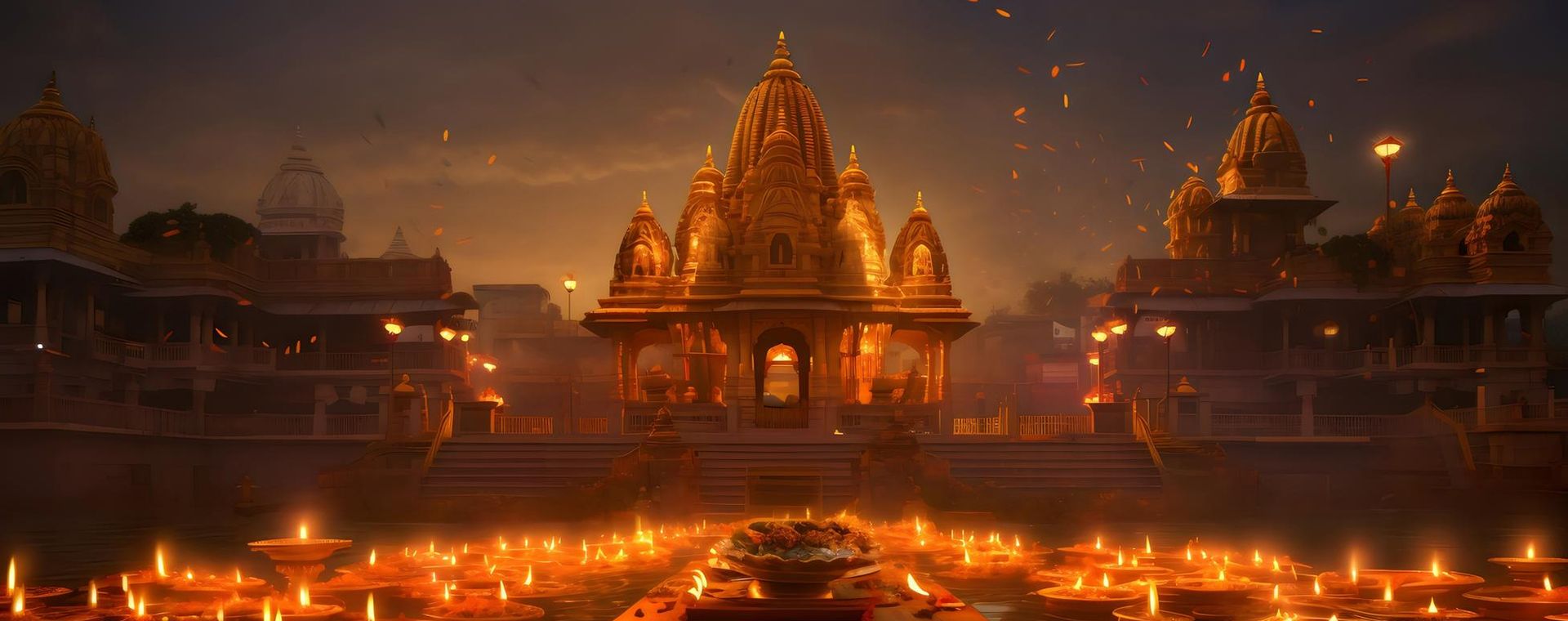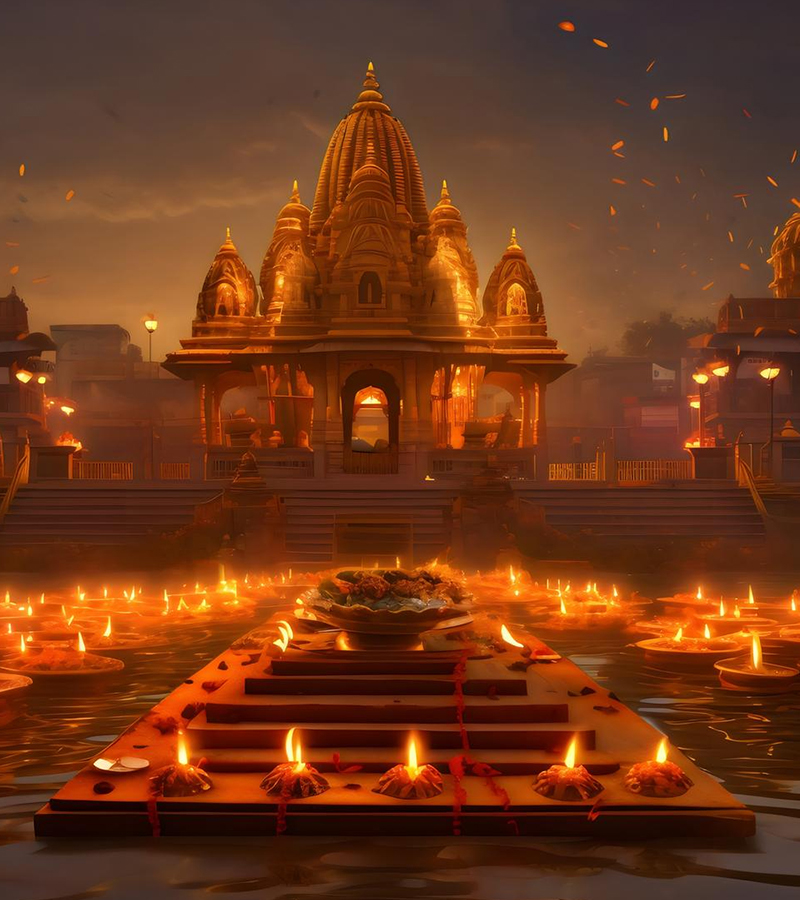

Understanding The Symbolism in Hindu Mythology
Explore the Rich Symbolism of Hindu Mythology and Its Impact on Modern Life.
Introduction
Hindu mythology, with its rich tapestry of gods, goddesses, and legendary heroes, stands as a cornerstone of India’s spiritual and cultural heritage. It’s not just a collection of ancient tales but a deep well of wisdom, offering insights into the human condition and the universe’s mysteries. These stories are more than folklore and entertainment; they’re a guide to moral values, philosophical concepts, and the eternal quest for truth.
In this article, we dive into the symbolism of Hindu mythology, shedding light on its meanings and how they resonate with the modern world. Join us on this journey, where each myth and deity holds the keys to understanding life, love, and the path to enlightenment.
The Essence of Hindu Mythology
At its core, Hindu mythology is not merely a collection of tales but a reflection of the human psyche and the universal principles governing life. It encompasses an extensive range of scriptures, from the Vedas and Upanishads to the epic sagas of the Mahabharata and Ramayana, each infused with symbolic teachings and philosophical insights.
Key Symbols in Hindu Mythology
- The Lotus Flower: Symbolizing purity and spiritual enlightenment, the lotus flower, emerging unscathed from muddy waters, represents the soul’s journey toward illumination despite worldly challenges.
- The Trishul (Trident): Lord Shiva’s Trishul symbolizes the holy trinity of creation, maintenance, and destruction, mirroring the cycle of life. It also represents the equilibrium of thought, feeling, and will, urging individuals to balance their life forces.
- The Swastika: Far from its misappropriation in the 20th century, the swastika in Hinduism symbolizes the sun, prosperity, and life cycle. Its four arms denote the four directions, emphasizing the omnipresence of the divine.
- Om: The sacred syllable Om is the cosmic sound of the universe, embodying the essence of existence. It signifies the interconnectedness of all beings and the universe.
- The Serpent: Often depicted coiled around Lord Shiva’s neck or as Lord Vishnu’s bed, the serpent represents kundalini energy, lying dormant within every individual, waiting to be awakened to achieve spiritual enlightenment.
The Deeper Meanings
Hindu mythology’s symbolism extends beyond physical representations, offering insights into the human condition, ethics, and the pursuit of dharma (righteousness).
- Dharma over Personal Desires: The Bhagavad Gita, a pivotal text, through the dialogue between Lord Krishna and Arjuna, highlights the importance of duty over personal desires, a principle that resonates with individuals striving towards a more ethical life.
- The Play of Maya (Illusion): Many myths emphasize the concept of Maya, suggesting that the material world is an illusion and true happiness is found in spiritual realization and disengagement from worldly attachments.
- The Strength of Devotion: The devotion of characters like Hanuman and Bhakt Prahlad highlights the power of faith and unwavering devotion towards overcoming obstacles and attaining divine grace.
The Relevance of Hindu Mythology in Vivek Agnihotri’s Works
Vivek Agnihotri, renowned for his thought-provoking cinema, often draws from the rich well of Hindu mythology to craft stories that resonate with contemporary audiences. His works reflect a deep understanding of ancient wisdom, seamlessly integrating mythological symbols and teachings into modern narratives. Agnihotri’s films and writings entertain and provoke introspection, encouraging viewers to explore the underlying spiritual messages.
Vivek Agnihotri’s Interpretation of Symbolism for Today’s World
Vivek’s unique approach involves reinterpreting traditional symbols and themes to address today’s societal and personal challenges. He demonstrates the timeless relevance of Hindu mythology’s symbolic teachings by doing so. For instance, he may liken the journey of a film’s protagonist to Arjuna’s battlefield dilemma in the Bhagavad Gita, highlighting the eternal conflict between duty and desire, urging modern individuals to find their dharma amidst life’s complexities. Agnihotri’s creative endeavors serve as a bridge, connecting the ancient to the contemporary and offering insights into achieving balance, purpose, and enlightenment in the 21st century.
Hindu Mythology in Contemporary Life
In today’s fast-paced world, the ancient wisdom of Hindu mythology remains remarkably relevant, offering guidance on leading a balanced, ethical, and purposeful life. It encourages mindfulness, compassion, and the pursuit of knowledge, urging individuals to look beyond materialistic pursuits and find fulfillment in spiritual growth and harmony with the universe.
Epilogue
Hindu mythology, with its rich symbolism and profound teachings, serves as a beacon of spiritual wisdom. It invites us to explore the depths of our being, understand the universal laws of nature, and navigate life’s journey with grace and awareness. By decoding its symbols, we gain an appreciation for India’s spiritual heritage and timeless guidance for personal and collective well-being.
Vivek Agnihotri’s connection to Hindu mythology underscores the enduring power of these ancient stories to inspire, guide, and transform individuals across ages. Through his innovative storytelling, Agnihotri invites us to delve deeper into our cultural heritage, uncovering the symbolic wisdom that can illuminate our paths in today’s ever-changing world. His work is a testament to the profound impact that mythology can have in enriching modern life, making the teachings of the past accessible and relevant to a new generation of seekers.






